Step into the chilling world of one of America’s greatest unsolved mysteries. The Cleveland Torso Murderer, infamously known as the “Mad Butcher of Kingsbury Run,” terrorized Cleveland in the 1930s with a spree of gruesome, dismembered bodies that shocked the nation. Who was this elusive killer? How did they evade capture despite a high-profile investigation led by legendary lawman Eliot Ness? This article delves into the horrifying details, chilling theories, and enduring mystery of the case that still haunts true crime history.
Table of Contents
The Cleveland Torso Murderer: The Identity That Remains Unknown
The Cleveland Torso Murderer, also known as the “Mad Butcher of Kingsbury Run,” is one of American criminal history’s most horrifying and intriguing mysteries that remains unidentified to this day. In the 1930s, this elusive serial killer terrorized Cleveland, Ohio, leaving a trail of beheaded and dismembered victims. This disturbing sequence of crimes included the dissection and mutilation of at least 12 victims, the majority of whom were discovered in Cleveland’s Kingsbury Run neighborhood, sometimes known as the “Hobo Jungle.” Despite a high-profile investigation by renowned law enforcement officer Eliot Ness, the case remains unsolved, keeping the narrative alive in true crime legend.
Similar chilling crimes in Cleveland include the Ariel Castro kidnappings.
The Start of the Killings: “The Lady of the Lake killer”
The Cleveland Torso Murderer’s reign of terror officially began in September 1935 when two mutilated bodies were discovered in Kingsbury Run. However, authorities later linked the case to an earlier one from 1934, when a woman’s torso was found washed up on Lake Erie. This woman, called “The Lady of the Lake,” is now regarded as the killer’s first known victim. The torso bore precise slashes, a terrible trademark of the killer’s technique, implying that the perpetrator had a medical or anatomical understanding.
The Victims: The Torso Murders
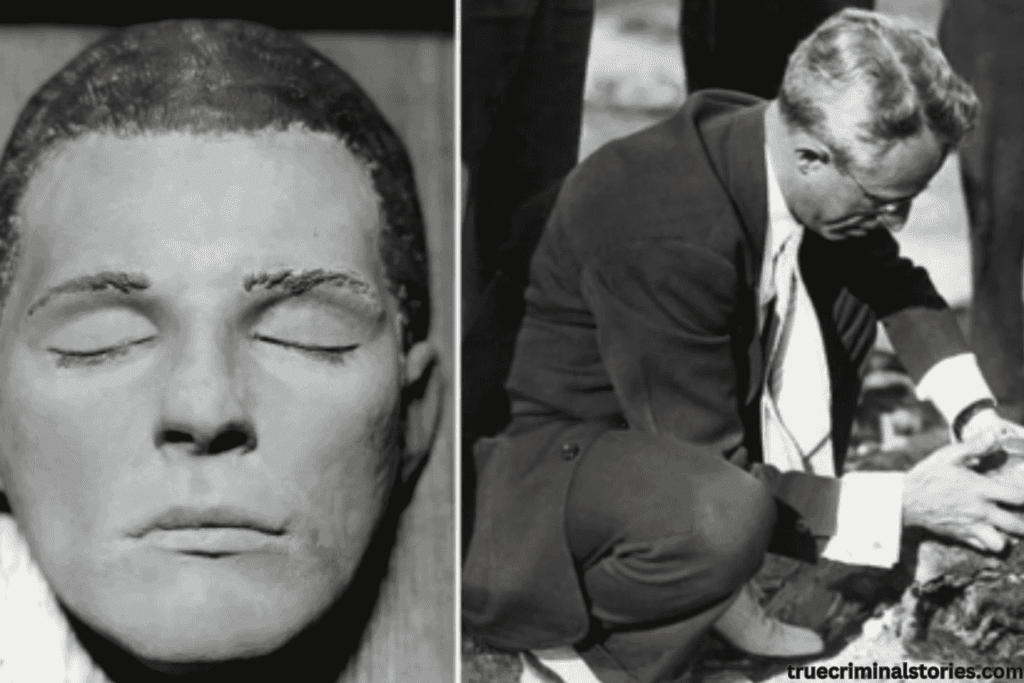
The Cleveland torso murders have officially claimed 12 lives, while others suspect the number is greater. The bulk was discovered in or near Kingsbury Run, a shantytown called “Hobo Jungle” during the Great Depression. Many victims were transients or people living on the outer boundaries of society, making identification difficult.
Key victims include:
- Edward Andrassy (1935): One of the earliest known victims, discovered headless and mutilated.
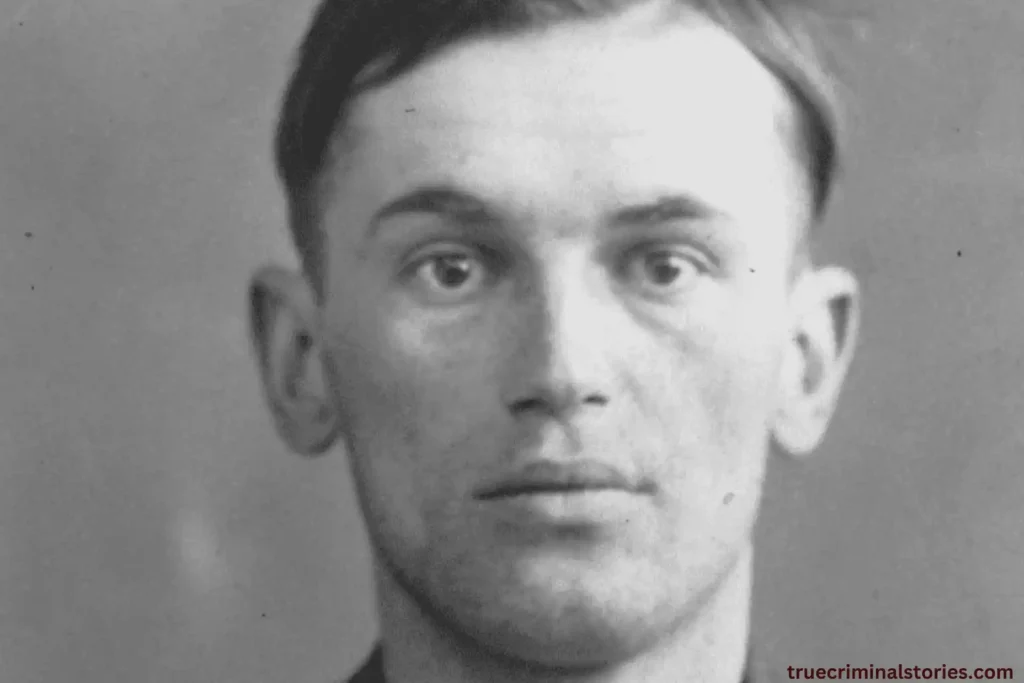
- Florence Polillo (1936): A barmaid whose mutilated corpses were recovered in several locations.
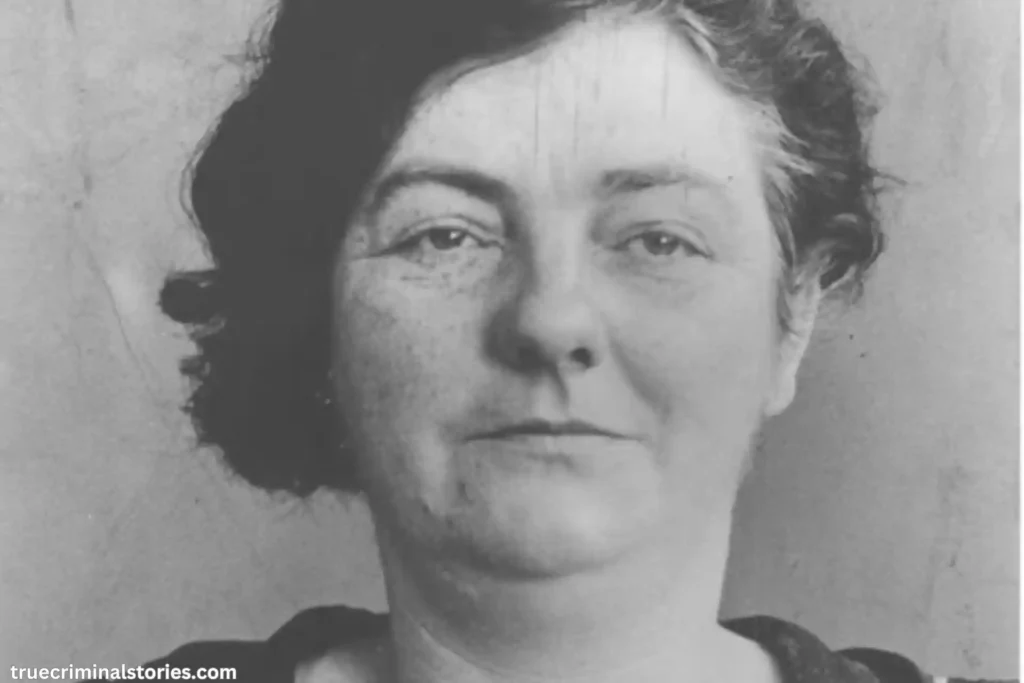
- The Tattooed Man (1936) is an unnamed person whose body bears various distinguishing tattoos presented at public expositions to facilitate identification.
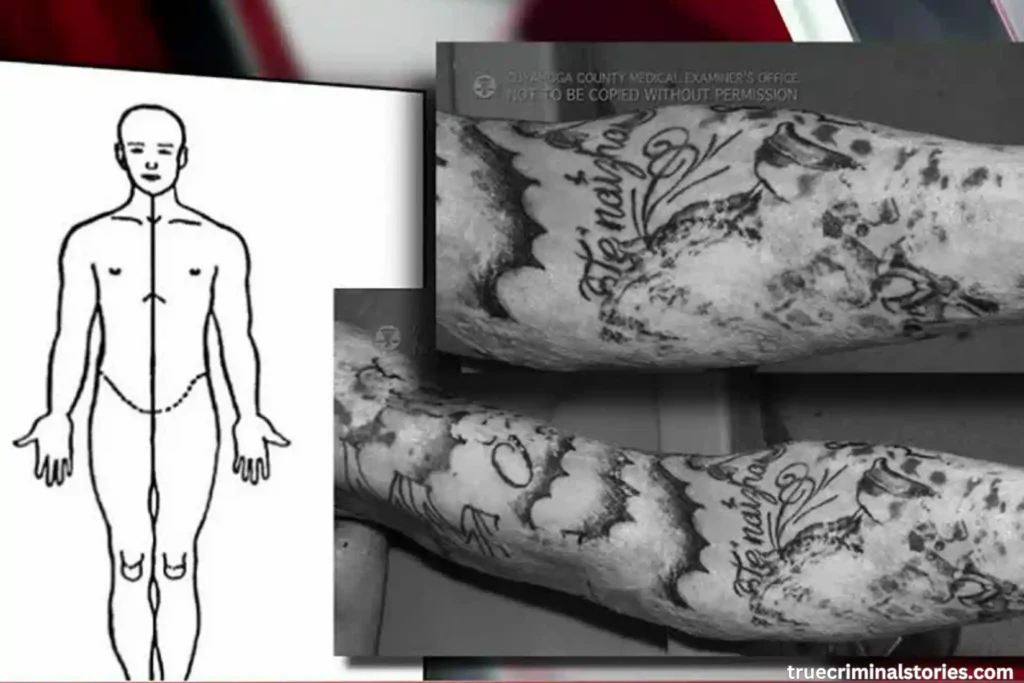
At least ten male and female victims were savagely dissected, with heads sometimes missing, complicating efforts to identify them.
Examine the patterns of serial killers across different decades.
Investigation: Eliot Ness and The Mad Butcher
Eliot Ness was Cleveland’s Safety Director during the Torso Murders. His approach to the case included traditional and unconventional techniques for apprehending the killer and guaranteeing public safety.
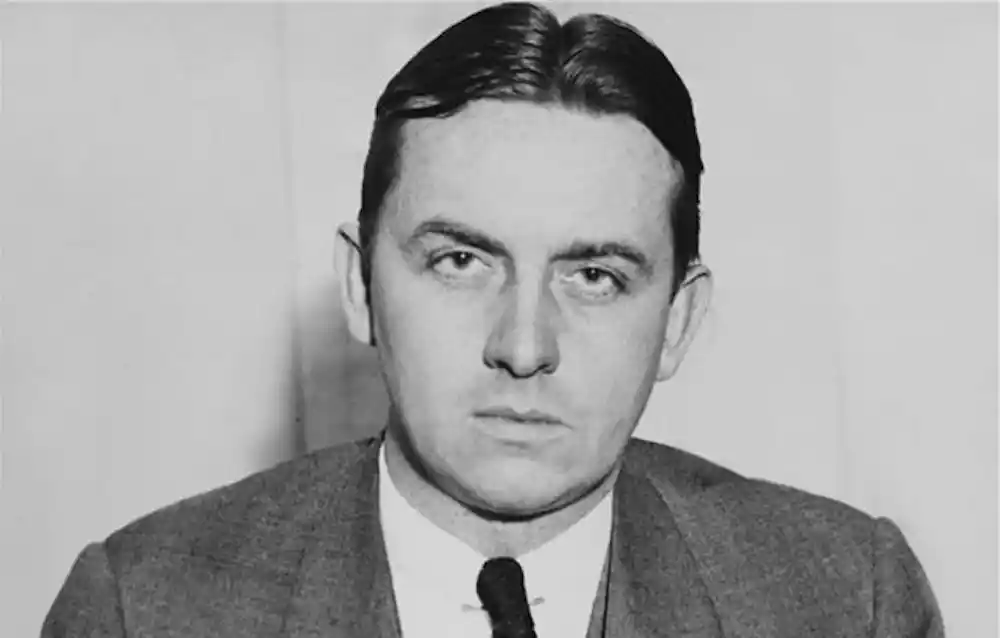
Ness ordered raids on shantytowns in Kingsbury Run, a popular destination for vagrants and the transient community. Ness ordered that the areas be burned down after evacuating the people, believing that the killer was targeting these vulnerable communities.
He summoned experts from Western Reserve Medical School to examine the precision of the dismemberments, implying the perpetrator had anatomical understanding. Secret interrogations: Ness secretly questioned Dr. Francis E. Sweeney, a crucial suspect. Sweeney was reportedly interrogated for days and failed a lie-detector test. However, Ness did not have enough evidence to charge Sweeney, a vital limitation given the legal standards of the time.
Dr. Francis E. Sweeney, a troubled soldier and surgeon, emerged as the top suspect in the case for several compelling reasons:
- Sweeney’s surgical experience was consistent with the precision of the torso dismemberments. Experts suspected the killer greatly understood human anatomy, and Sweeney suited that criteria.
- Sweeney struggled with serious drinking and mental health concerns, which could have contributed to his violent inclinations.
- Ness put Sweeney through a polygraph test, which he failed. Despite this, the test was not accepted as solid proof, leaving Ness with no legal grounds for arrest. Despite Sweeney becoming a top suspect, Ness encountered severe hurdles.
- Sweeney’s familial connections to prominent Cleveland figures made it difficult to pursue him vigorously. However, this is theoretical, given no direct evidence ties him conclusively to the crimes.
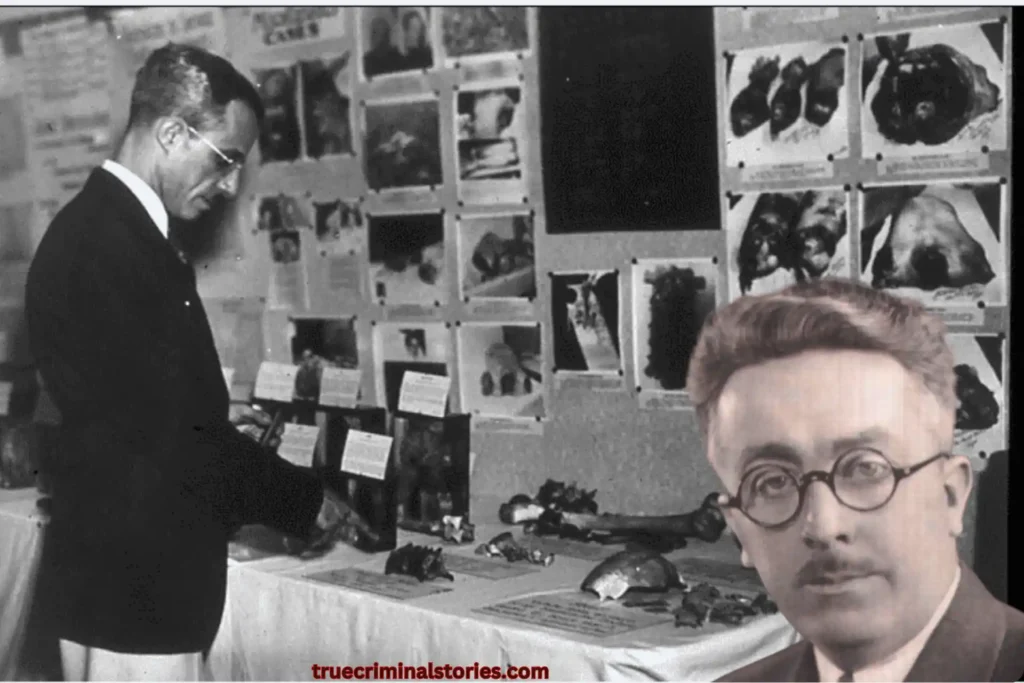
Discover how other infamous serial killers, including women, left their mark on history.
Theories and Links to Other Cases
Some theorists believe the Cleveland Torso Killer may have been involved in other prominent murder cases. One such similarity is with Richard Cottingham, a serial killer who, decades later, dismembered his victims. While no direct relationships exist, the similarities in methodology offer the possibility of common inspirations or coincidental similarities.
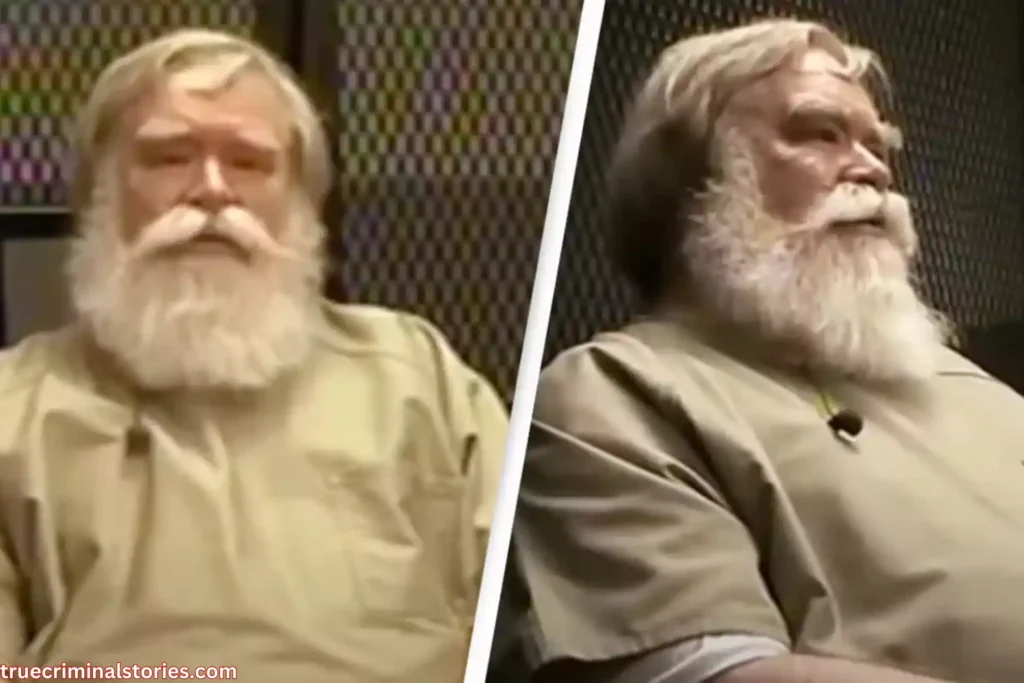
Another hypothesis holds that the killer was a vagabond who used Kingsbury Run as a dumping spot while traveling by railroad. This view is backed by the area’s proximity to railway lines and reputation as a hangout for drifters.
Looking for more? Check out our blog for more articles you might enjoy
Summary of the Case
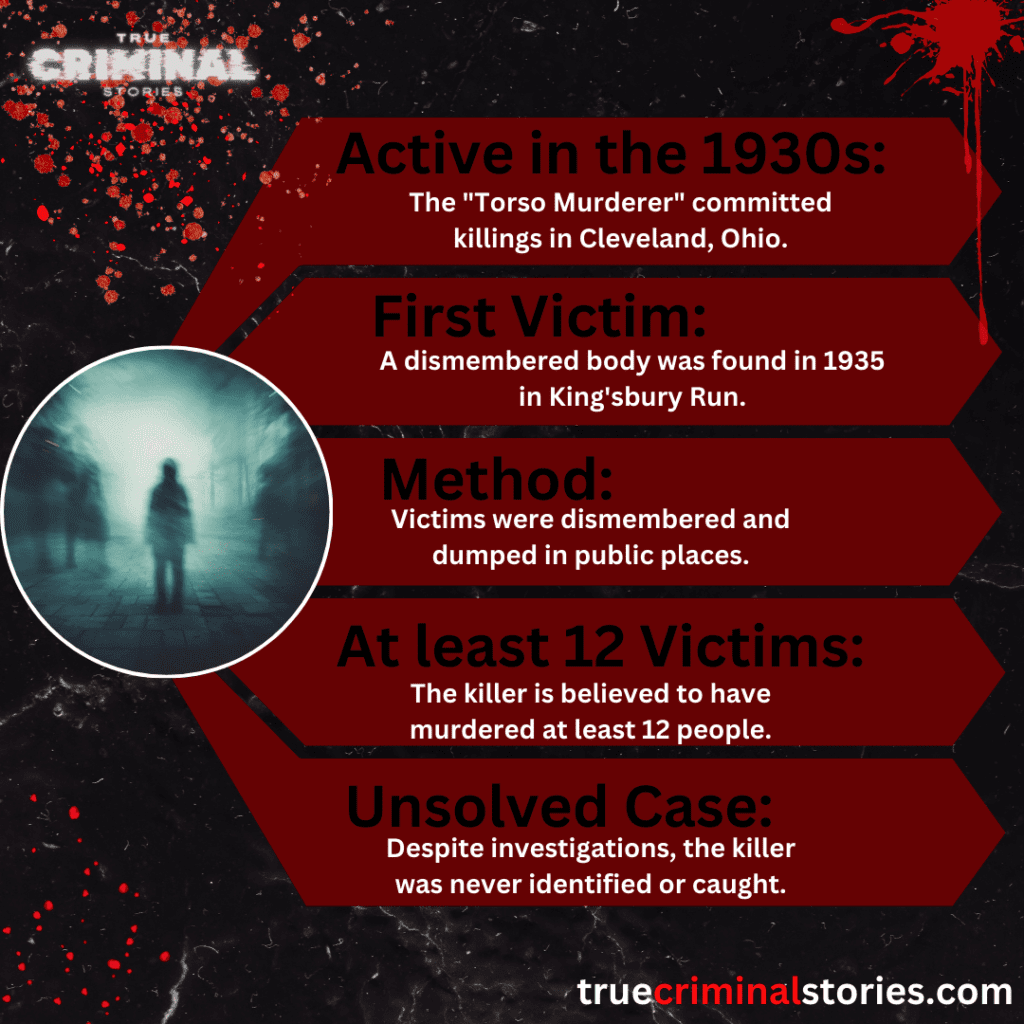
Conclusion
The crimes committed by the Cleveland Torso Murderer left a lasting mark on both Cleveland and the field of criminal investigation. This killer, known as “The Mad Butcher of Kingsbury Run,” remains infamous for his heinous techniques and ability to elude capture. From the discovery of “The Lady of the Lake” to the destruction of Hobo Jungle, the narrative of the Cleveland Torso Killer is one of horror, perseverance, and unsolved mysteries.
FAQs
Was the Cleveland Torso Murderer ever caught?
No, the Cleveland Torso Murderer was never apprehended. Several suspects, including Dr. Francis E. Sweeney, were investigated, but no conclusive evidence linked anyone to the crimes.
What is the connection between the Cleveland Torso Murders and Richard Cottingham?
Richard Cottingham, known as the “Torso Killer,” was a convicted serial killer active decades after the Cleveland murders. While there is no direct connection between him and the Cleveland Torso Murderer, their monikers and the dismemberment methods of their crimes draw eerie parallels.
Is the Cleveland Torso Murders case still open?
Yes, the case remains officially unsolved. It fascinates true crime enthusiasts, and new theories occasionally emerge, but no definitive evidence has ever surfaced to close the case.